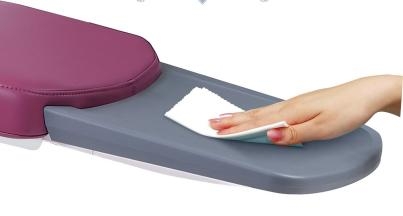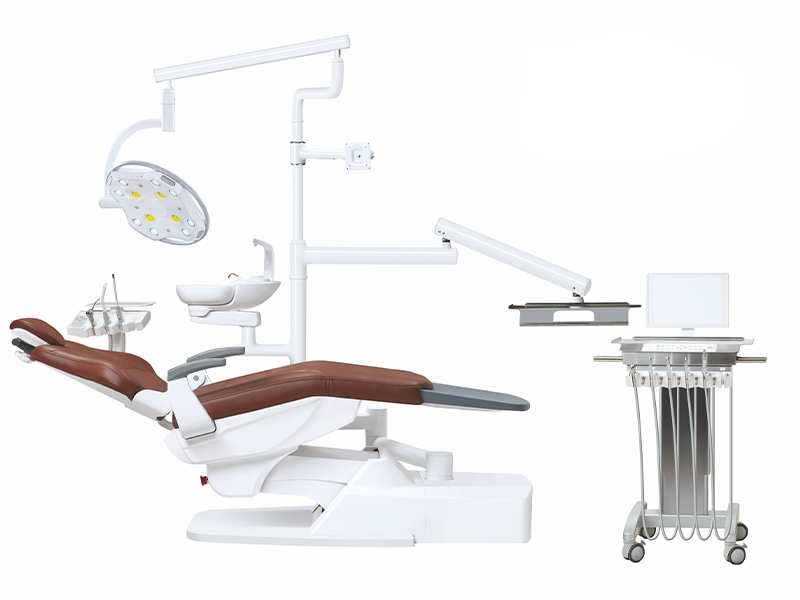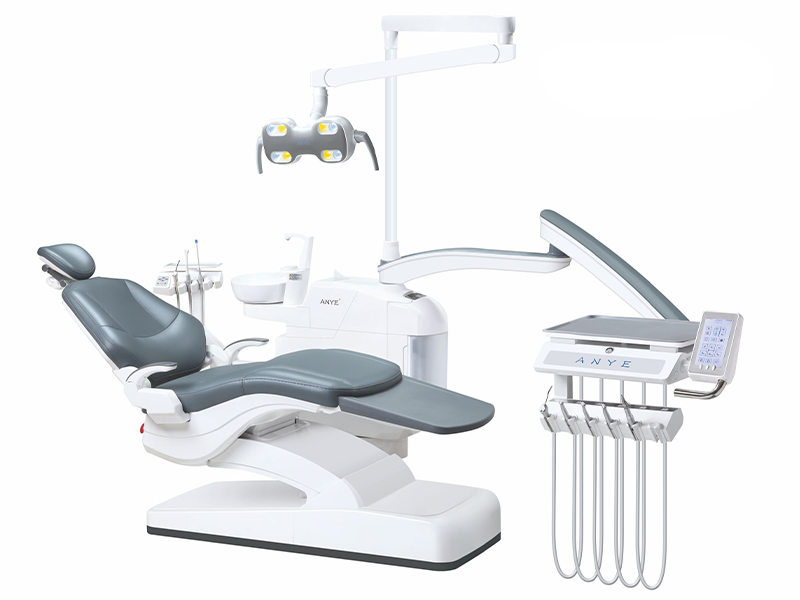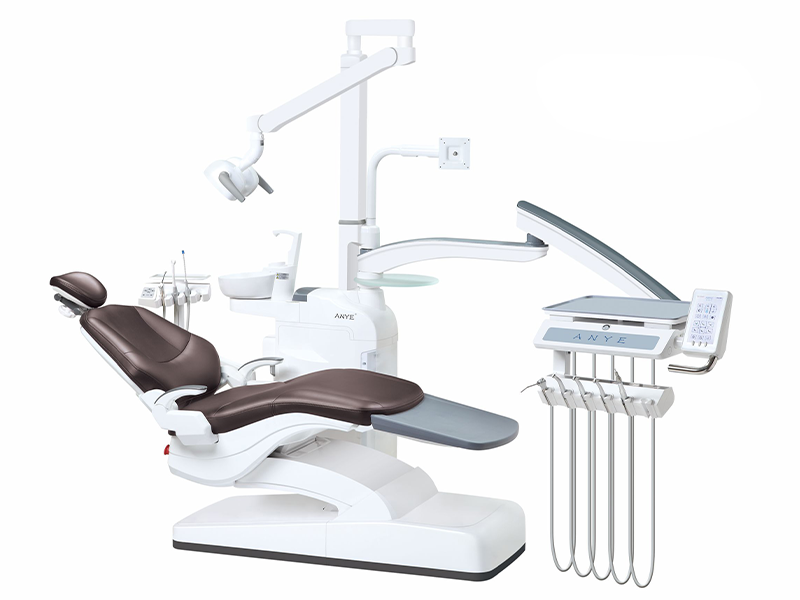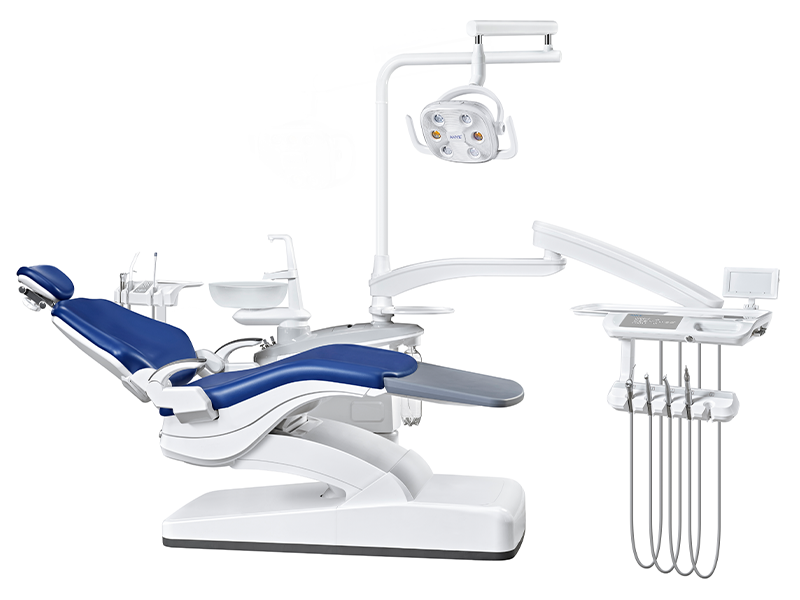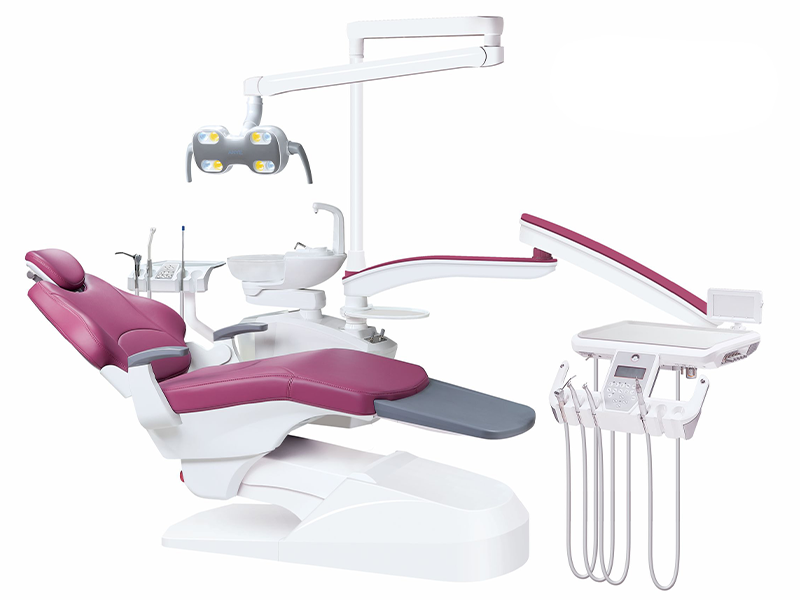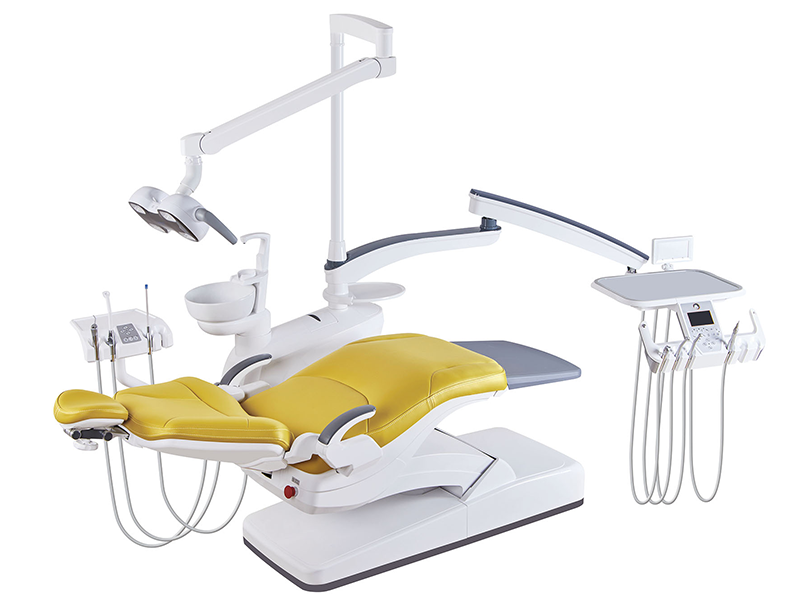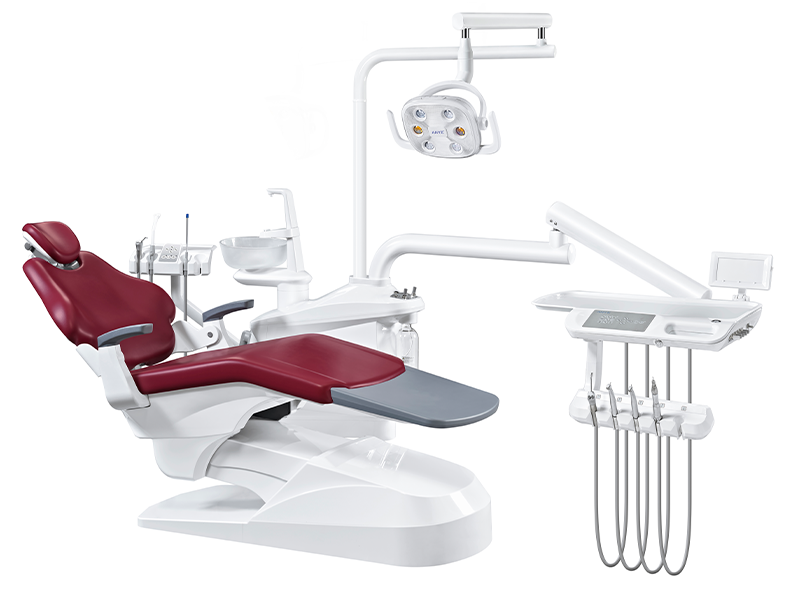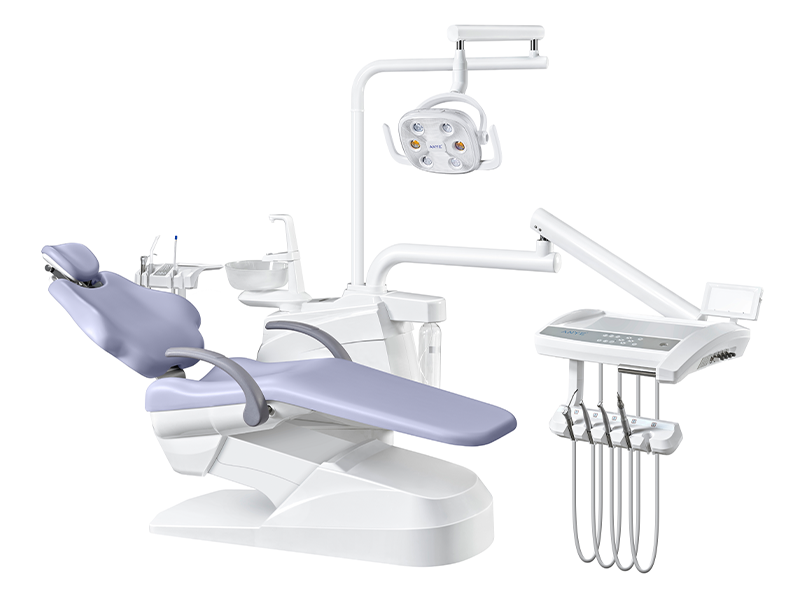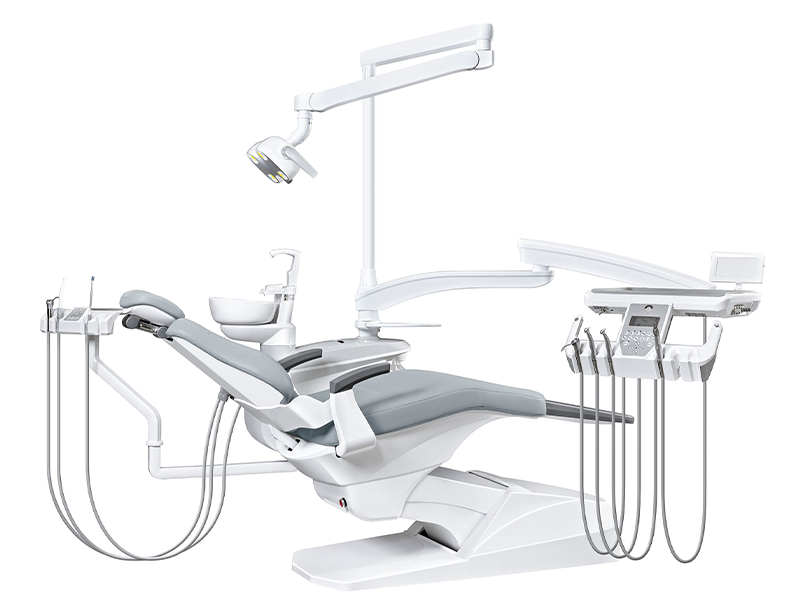Your dental chair is the heart of your practice. It's where patients spend most of their time, and it's where you perform most of your work. So, it's important to make sure your chair is in good working order. A well-maintained, up-to-date dental chair can enhance patient comfort, improve your workflow efficiency, and even contribute to a more hygienic environment. But how do you know when it's time to replace your dental chair? Here are five signs that it might be time for an upgrade:
1. Frequent Breakdowns and Repairs
Like any piece of machinery, dental chairs are prone to wear and tear. As your chair ages, you may notice an increase in the frequency of breakdowns and repairs. This can lead to costly downtime and disruptions to your schedule, negatively impacting patient satisfaction and your practice's overall efficiency. If you find yourself constantly calling for repairs or experiencing unexpected malfunctions, it might be a sign that your chair is nearing the end of its useful life and that a replacement is more cost-effective in the long run.
2. Outdated Technology and Features
Dental technology is constantly evolving, and newer chairs come equipped with features that can significantly improve your practice. Upgraded dental chair delivery systems offer several advantages over older models, including:
- Enhanced Patient Comfort: Modern chairs often feature ergonomic designs, adjustable headrests, and lumbar support to provide patients with a more comfortable experience. Some even offer massage features or heating elements.
- Improved Workflow Efficiency: Newer chairs are designed to integrate seamlessly with other technologies in your practice, such as digital records and imaging systems. This can streamline processes, reducing manual data entry and saving time during treatments.
- Advanced Features: New dental chairs often incorporate features such as LED lighting, intraoral cameras, and multimedia displays. These can aid in precision, improve diagnostics, and enhance patient education.
- Advanced Infection Control: Modern chairs frequently use materials that are easier to clean and sterilize. They often incorporate smooth surfaces, removable components, and antimicrobial properties.
- Easier to Use and Maintain: Newer systems often have user-friendly interfaces and are easier to train staff to use.
If your current chair lacks these features, you might be missing out on opportunities to enhance patient care, improve workflow efficiency, and create a more modern and appealing practice environment.
3. Compromised Patient Comfort and Safety
The comfort and safety of your patients should always be a top priority. If your dental chair is showing signs of wear and tear, such as torn upholstery, worn-out cushions, or unstable movements, it's time to consider a replacement. Remember, a comfortable and secure chair helps to alleviate patient anxiety and enhances their overall dental experience. Moreover, a well-maintained chair contributes to a safe environment, reducing the risk of accidents or injuries during procedures.
4. Difficulty Meeting Hygiene Standards
Maintaining a sterile environment is paramount in any dental practice. As chairs age, they may develop cracks, crevices, or tears in the upholstery, making it difficult to properly clean and disinfect. This can compromise infection control protocols and pose a risk to both patients and staff. Additionally, older chairs may not be compatible with newer sterilization methods or disinfectants, further complicating hygiene maintenance. If you're struggling to maintain adequate hygiene standards with your existing chair, it's a clear indication that a replacement is necessary to ensure a safe and sterile environment for everyone.
5. Difficulty Accommodating Patients
Dental chairs should be able to comfortably accommodate patients of all sizes and physical abilities. If your current chair has a limited weight capacity, lacks adequate adjustability, or is challenging for patients with mobility issues to access, it's time to consider an upgrade. Modern dental chairs are designed with patient diversity in mind, offering features such as:
- Higher Weight Capacities: New chairs can often accommodate heavier patients, providing a safe and comfortable experience for everyone.
- Wide Range of Adjustments: Features like adjustable headrests, lumbar support, and a chair design that accommodates various body shapes contribute to a soothing environment.
- Accessibility Features: Some chairs are designed to be more accessible for patients with disabilities or mobility limitations. For example, rehabilitation dental chairs are designed for patients with high requirements for mobility, comfort, and safety.
By investing in a chair that can accommodate all patients, you can ensure a positive experience for everyone who walks through your door, fostering inclusivity and enhancing patient satisfaction.
Making the Decision
Replacing your dental chair is a significant investment. However, it's one that can pay off in the long run. A new chair can help you:
- Attract new patients: A modern, comfortable dental chair can make your practice more appealing to potential patients.
- Retain existing patients: Patients are more likely to return to a practice where they feel comfortable and well-cared for.
- Improve staff morale: A new chair can make your staff's jobs easier and more enjoyable.
If you're experiencing any of the five signs listed above, it's time to start shopping for a new dental chair.
Partnering with a Reputable Supplier
When choosing a new chair, it's essential to partner with a reputable dental equipment supplier like ANYE. They can help you find a chair that meets your specific needs and budget. They can also provide you with the training and support you need to get the most out of your new investment.
Remember, a well-chosen dental chair is an investment in your practice's success. It's a decision that can enhance patient comfort, improve your workflow, and contribute to the overall growth and prosperity of your dental practice.

